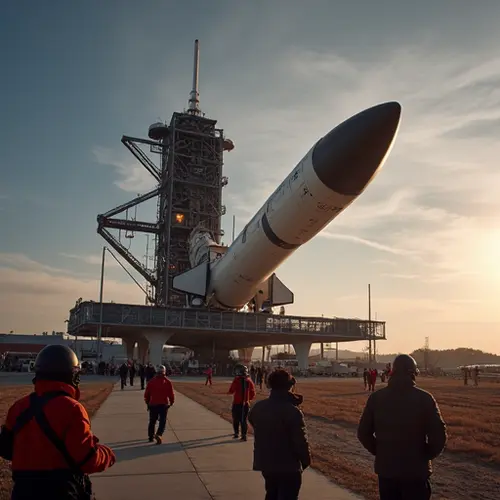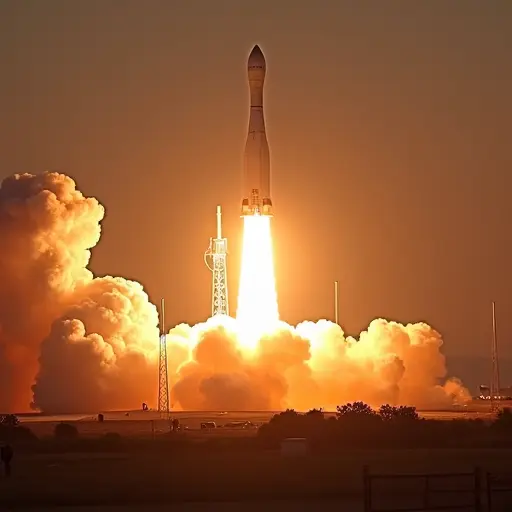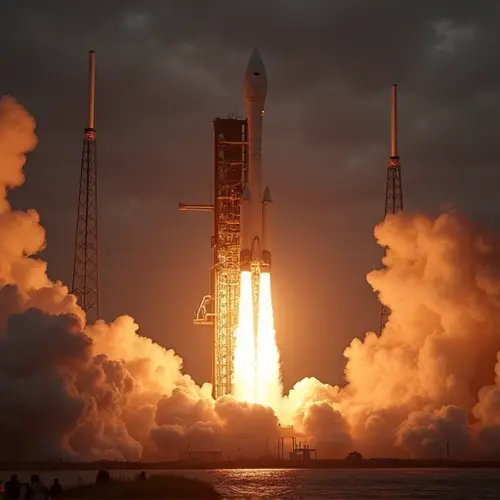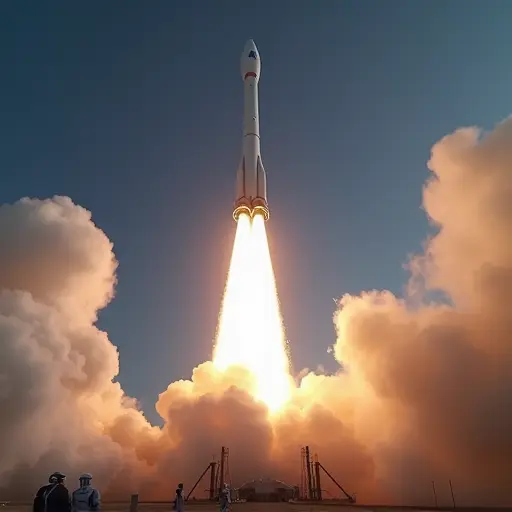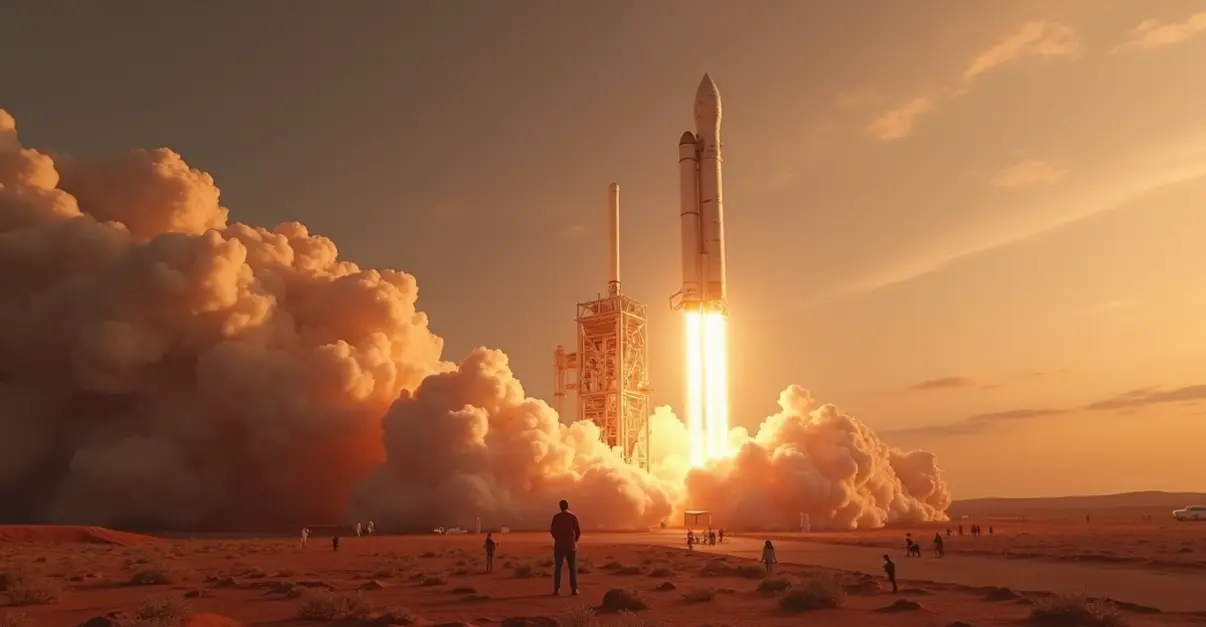
Red Planet Delivery Mission Set
SpaceX has officially scheduled its next Mars cargo mission for the 2026 launch window, according to recent company announcements. Elon Musk confirmed that five Starship spacecraft will embark on the pioneering interplanetary delivery mission - the first step toward establishing permanent infrastructure on Mars.
Mission Objectives
The uncrewed flights will focus on demonstrating landing capabilities and delivering essential equipment for future human missions. Key objectives include:
- Testing precision landing systems in Mars' thin atmosphere
- Deploying resource utilization experiments to produce fuel from Martian resources
- Delivering construction equipment for potential future habitats
- Scouting optimal locations for human settlements near water ice deposits
Starship: The Martian Workhorse
The missions will utilize SpaceX's fully reusable Starship spacecraft, capable of carrying 100+ tons of cargo per vehicle. Recent test flights have demonstrated critical capabilities including in-orbit refueling - essential for the 7-month journey to Mars. According to SpaceX's Mars colonization program, each Starship will enter Mars' atmosphere at 7.5 km/s using advanced heat shield technology.
Technical Challenges
Landing on Mars presents unique difficulties compared to Earth operations. The thin atmosphere requires sophisticated retro-propulsion systems, while communication delays demand autonomous operations. SpaceX engineers have been testing new heat-resistant materials to withstand Mars' atmospheric conditions containing higher atomic oxygen concentrations.
Roadmap to Colonization
If successful, these cargo missions will pave the way for crewed flights as early as 2030. "The initial cargo landings are crucial for establishing basic infrastructure," Musk stated during a recent presentation. Future phases include:
- 2026-2028: Multiple cargo deliveries of life support systems
- 2030-2032: First human missions establishing temporary bases
- 2035+: Construction of permanent settlements with growing population
NASA is collaborating on several scientific payloads, including enhanced air quality monitors that could protect future crews on lunar and Martian missions according to their recent announcement.
Why Mars Matters
At just 140 million miles away during closest approach, Mars offers the most viable option for human expansion beyond Earth. Its 24.5-hour day, accessible water ice, and carbon dioxide atmosphere provide essential resources for potential self-sustaining colonies. As Musk noted: "Becoming multiplanetary is the best safeguard for humanity's long-term survival."

 Nederlands
Nederlands English
English Français
Français Deutsch
Deutsch Español
Español Português
Português



